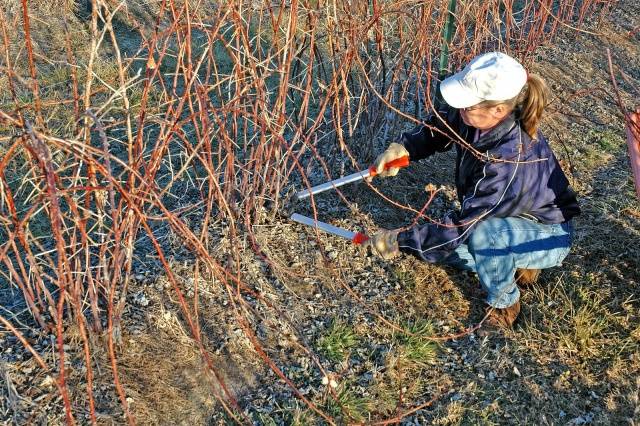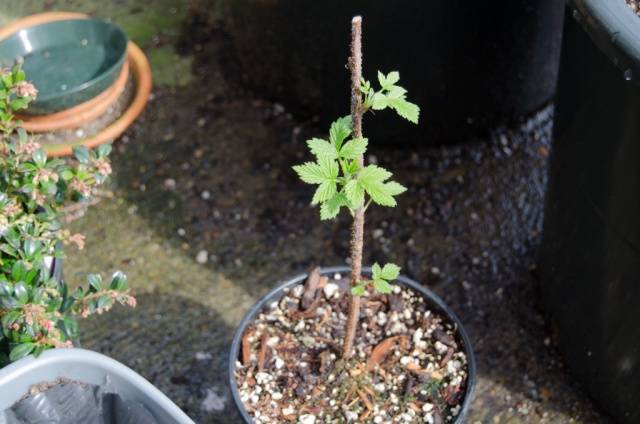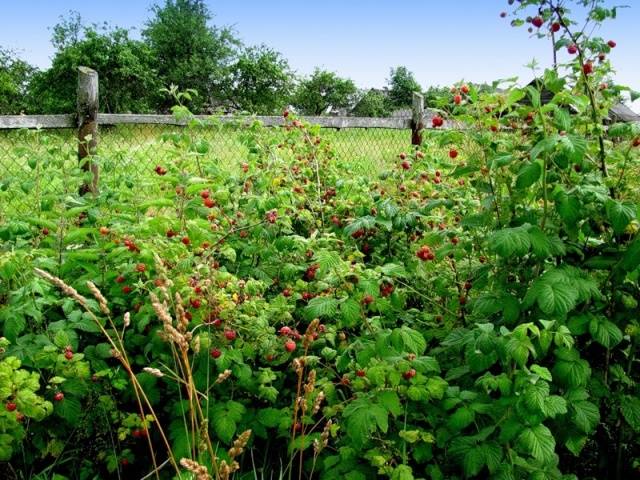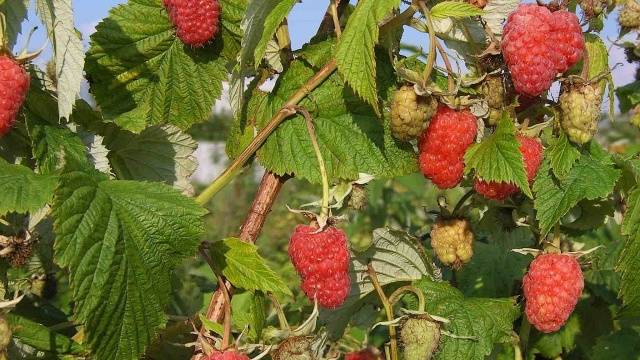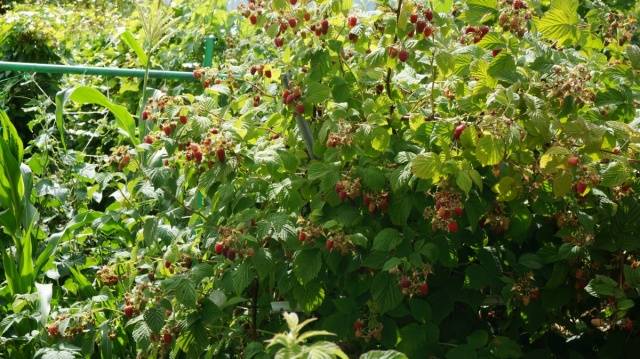Content
Raspberry is a favorite berry of many, which has a pleasant sweet taste and fragrant aroma. It is a source of many vitamins and minerals necessary to maintain and strengthen the body's defenses. Raspberries can be eaten raw, covered with sugar, added to ice cream, cocktails. Delicious jams, compotes, jellies are made from it - welcome and always appropriate guests on the family table, especially in winter.
Why are many gardeners concerned about such a question as transplanting raspberries in the spring? Unfortunately, raspberry trees do not always please the owners with a bountiful harvest. As a rule, the fertility of the bushes decreases after five to six years, and gradually fades away. This is due to the ability of the plant to take all the useful and nutrients from the soil.
That is why raspberries need to be transplanted periodically. This is the most important procedure, but not every gardener is familiar with it well enough to perform it efficiently and efficiently.
When is the right time to transplant raspberry bushes
When can you transplant raspberries? Experts answer this question in different ways, so there is no unambiguous, only correct opinion. Seasoned gardeners say it's best to do this in the fall, or late summer. Winter is not the right season for such an operation.
When is the best time to transplant raspberries? Many summer residents prefer to do this in the spring. According to them, at this time the plant cannot suffer from frost.
At the same time, supporters of autumn replanting argue that during this time the shoots have time to take root well and rest in winter.
In terms of size and taste, the berries that were planted in different seasons practically do not differ from each other. Before planting raspberries, learn all about the steps in the procedure.
Correct raspberry transplant technology
First you need to choose a suitable location.
From these plants, raspberry bushes receive all the necessary trace elements.
It is best to plant raspberries in shaded areas; direct sunlight should be avoided. There is no need to plant the entire bush, because raspberries are perennials and their roots buried underground have shoots.
When choosing material for planting, pay attention only to non-fertile, viable young bushes. Remove the thinnest and weakest parts.
How to plant a plant correctly? After you have already selected the bushes, you need to do the following steps:
- After selecting the bushes for transplanting, process them. This process involves pruning - approximately 1 meter from the root. Please note that the stem should not be less than a centimeter in diameter. Examine all seedlings for diseases, reject unsuitable ones.
- Make sure that the soil in which you decide to plant raspberries is sufficiently moistened, because the roots of the bush collect moisture from the surface without growing very deep into the ground. Do not forget about the mineralization of the earth, because in this way you will well fertilize the planting site and saturate it with the trace elements necessary for growth.
- Engage in preliminary soil preparation. It must be well dug up and loosened.Make sure to get rid of everyone weeds.
- Now you need to do the landing pits. To transplant raspberries correctly, do not forget that they are always planted in rows; for this, the trench method is used. It is important that raspberry bushes do not shade their "neighbors". The optimal row spacing is 2 meters. First, you need to dig a hole with a diameter of about 50 cm, about 30-40 cm deep. The distance between the grooves is at least 50 cm.
- Put manure in a rotted state in the amount of 5 kg into the pits, and compact it. To further cover the pits, mix the earth with 70 g of granular superphosphate, add 40 g of potassium sulfate. Cover the indentations with this mixture and add a 10 cm layer of soil on top.
You can plant raspberry bushes. After you have planted the shoots in the holes, be sure to tie them to the stakes so they can grow well.
Each bush moved to a new place requires care. In order for the seedlings to give a good harvest, and to please you for several more years, you need to pay maximum attention to them.
How to care for bushes
Raspberries, like all other plants, need to be cared for.
Even a successfully completed transplant is not a guarantee of a bountiful harvest.
The main thing, after planting, is to provide the seedlings with good watering. One raspberry bush may require about 8 liters of water. In the future, for several days, spray and mulch each sprout - in the first case, use a spray, in the second, rabbit droppings are optimal.
Thanks to mulching, raspberries will grow better and retain moisture. In this way, you can protect the raspberry tree from weeds.
To continue to successfully grow raspberries, you need:
- Water. Raspberry bushes, like many other plants, prefer a lot of water. But you need to make sure that there is not too much of it - this can lead to souring of the berries. In the summer, when it is very hot, it is important for the owner to provide especially abundant watering for the transplanted raspberries.
- Trim, loosen. Do not forget to get rid of excess growth and periodically shorten the shoots. This should be done in the spring or after harvest. Before the onset of winter, it is recommended to mulch the raspberries again.
- For the winter, the bushes always bend to the ground - they are tilted and tied. If pruning is done in a timely manner, the fruiting process can be extended until the very end of summer.
- Tie up. If this is not done, the bushes may simply break off under the weight of the berries.
- Fertilize. For this, mineral or organic substances, wood ash, manure are best suited.
The process of caring for young bushes is simple and does not take much time. To avoid damaging the raspberry roots, do not dig in.
Now you know how to properly transplant and monitor raspberries to ensure you get a great harvest.
Surround the plant with care, remember its love for moisture, try to have enough light on the site - and raspberries will reward you with red, ripe and sweet berries.

